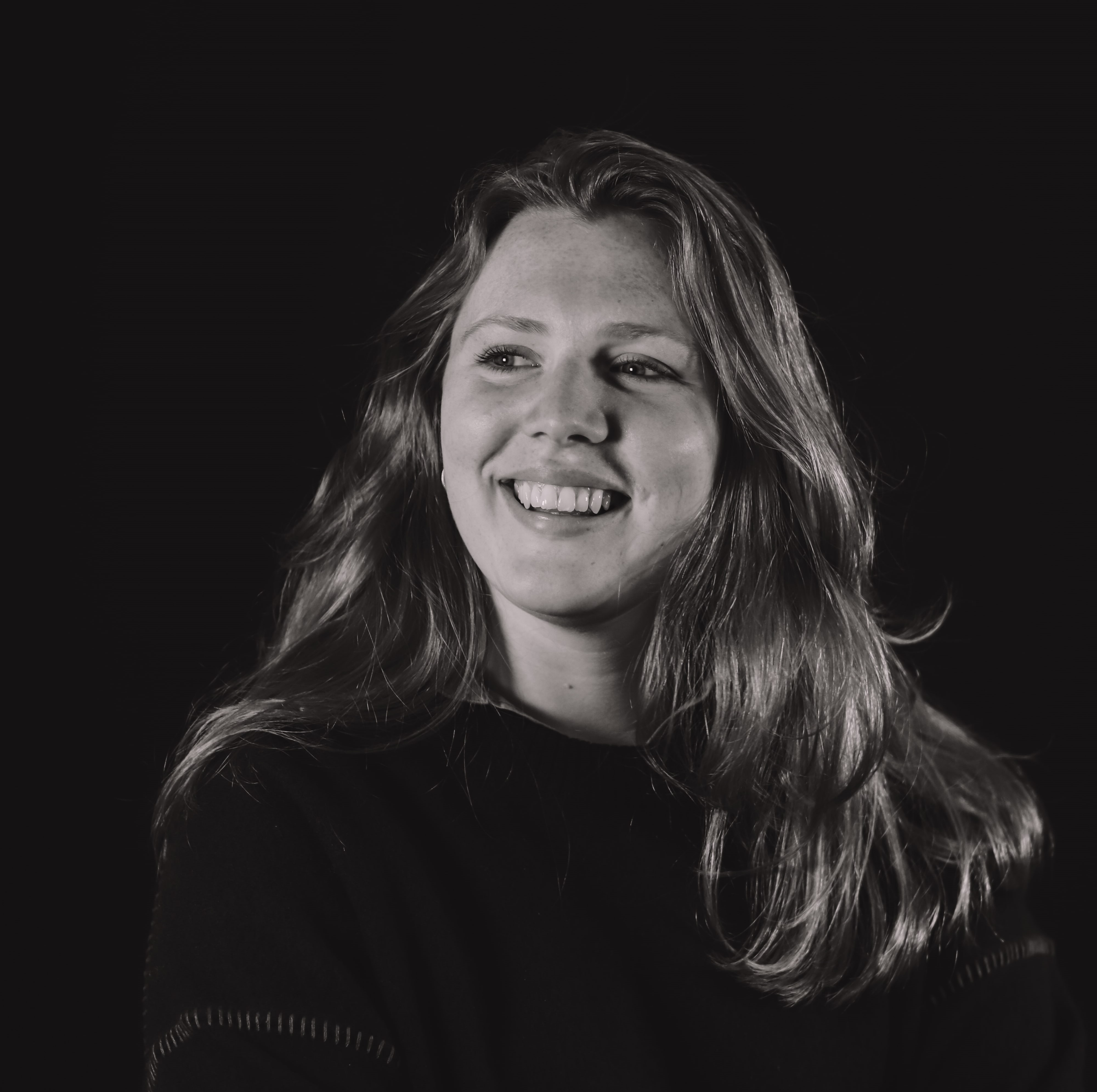What it does
Here.o is a product system consisting of a smart stress ball, an application and a web-based platform for people who suffer from an eating disorder. It aims to promote emotion regulation and teach the users new coping strategies.
Your inspiration
The problem statement for this project was originally inspired by an episode of the Flemish TV program "Topdokters". In this episode Prof. Dr. Elske Vrieze, psychiatrist at UPC KU Leuven, discusses with her patients the issues of returning home after hospitalisation. Patients with an eating disorder can be hospitalised for up to three months, and the return home is often accompanied by enormous anxiety and uncertainty. The road to full recovery takes six years on average and one patient in two relapses within the year.
How it works
The application serves as a dashboard to bring together all acquired data on triggers, emotions and used coping strategies and share this with elected support persons and caregivers. It also acts as a training centre to teach, practice and possibly implement different coping strategies into a safety plan. The smart stress ball is used in three different situations. As a buddy to easily and subtly counter stress moments. Then also as an exercise device to provide guidance to learn and practice different coping skills through visualisations and vibrations. Finally, also as guidance to follow a safety plan during a crisis moment. The sharing platform creates a digital overview of all acquired data so that it can be easily reviewed during therapy sessions. The different practised coping strategies, the experienced emotions and the relationship with the support figures are visualised via the platform and can thus be analysed.
Design process
Given the psychological nature of this master's thesis, a human-centred approach formed the basis of this project. It was then chosen to adopt the triple diamond design methodology. In the research phase, through in-dept interviews with various stakeholders, desk research and literature study, a patient journey was drawn up from which the product definition emerged. This product definition was developed into a coherent product idea during the system phase. Ideas were generated and merged through many brainstorming and co-creation sessions. During the detailed design, various proposals were made using clay models, 3D prints and UI/UX prototyping. These proposals were verified and tested as the design process progressed until there was an intuitive product system emerged that was fitting for each stakeholder.
How it is different
The research phase revealed that there are no adapted assistive devices that fully meet the needs and wishes of the target group. Patients and their team are forced to come up with self-applied creative solutions to enable certain assistance. Here.o finally provides an answer to this by offering a solution in different areas for different stakeholders. Here.o wants to address the issue by offering a simple, versatile and solution-oriented product system. It wants to reduce the pressure on the mental health sector by deploying digital tools that make therapy sessions more efficient and perhaps more qualitative, allowing pathways to be shortened. It offers patients and their teams more tools making the recovery process more bearable.
Future plans
Assuming the product did get to market, there are still three issues that would require further work. First, further research needs to be done on how visualisations and vibrations can guide coping skills even better. There are also technological elaborations that still need to be looked at, especially towards ISO standards so that the product can be considered a medical device and thus be reimbursed one day. And finally, a large-scale user test must be set up with a working prototype so that the various steps can be verified and adjusted.



Connect